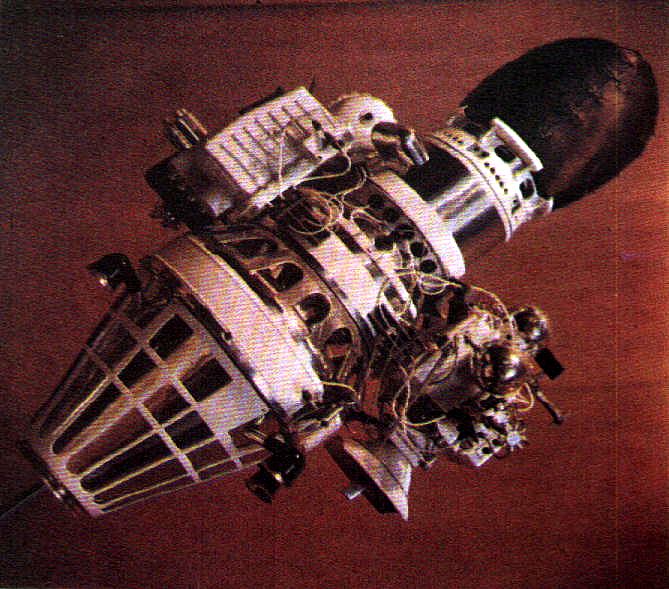Americans were first to the moon, but America was not.
The U.S. was the initial–and is still the only–nation to deposit actual humans on the satellite, but the Soviet Union actually soft-landed a people-less spacecraft, the Luna 9, on the moon’s surface, three years before Apollo’s awesome triumph. At that moment, it seemed all but certain that the hammer and sickle would be planted on the moon. The narrative, of course, quickly shifted. Although the Soviet mission helped make that NASA victory possible, teaching us important lessons, the contribution was all but scrubbed from history after the one giant leap for mankind.
In a BBC Future piece, Richard Hollingham recalls the importance of the Luna landing. An excerpt:
February 2016 marks the 50th anniversary of a landing that, at the time, suggested a communist nation really could be the first to claim the Moon for all mankind.
In February 1966, a Russian space probe, Luna 9, made the first controlled ‘soft’ landing on the Moon. The mission was an engineering marvel that helped answer fundamental questions about the lunar surface and paved the way for the first crewed missions.
“In the mid ‘60s the Americans and Soviets were both trying to get to the Moon,” says Doug Millard, space curator at London’s Science Museum, which is currently hosting an exhibition bringing together an unprecedented collection of Russian space artefacts.
“Before you put a human on the Moon you had to land a robotic craft and we tend to forget all the successes from the Soviet side,” he says.
Standing some three metres tall, Luna 9 consisted of a square base with four legs – much like the Apollo Moon lander. On top of this was a vertical cylinder topped by an ovoid dome, resembling the closed petals of a flower.•

